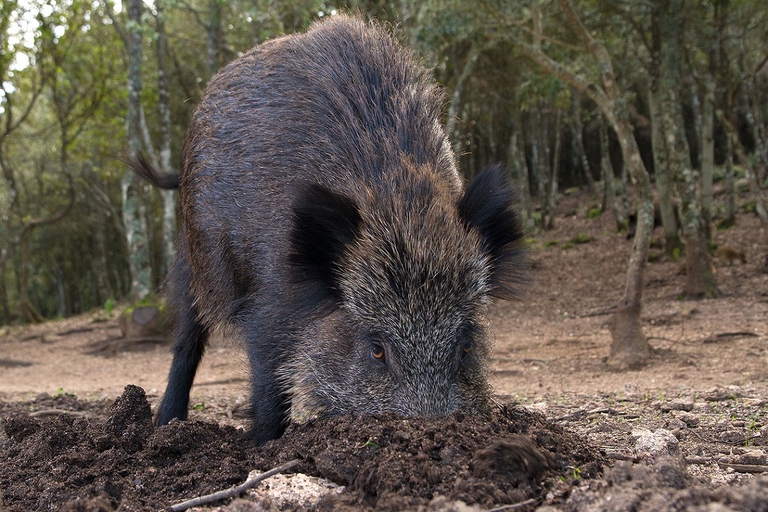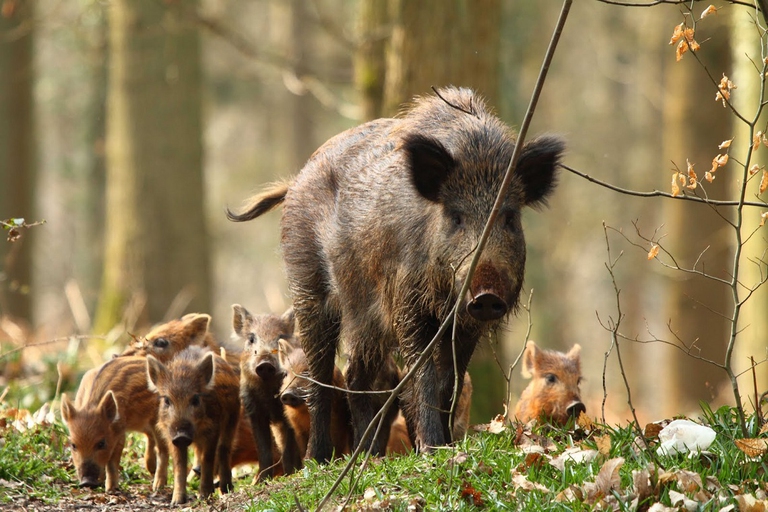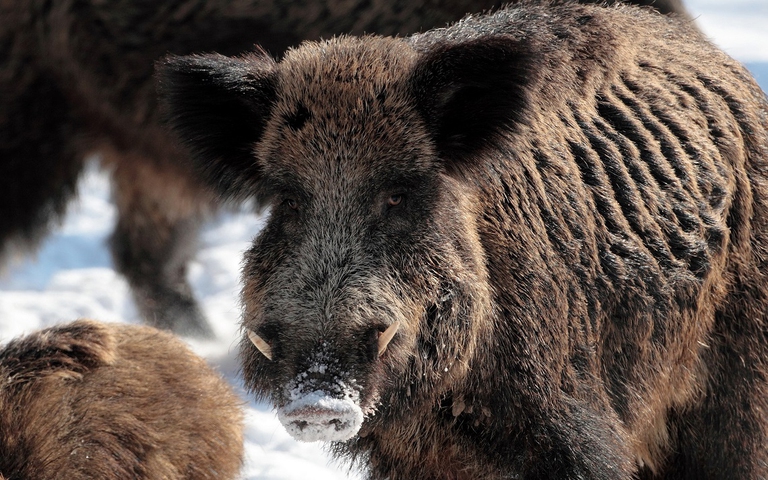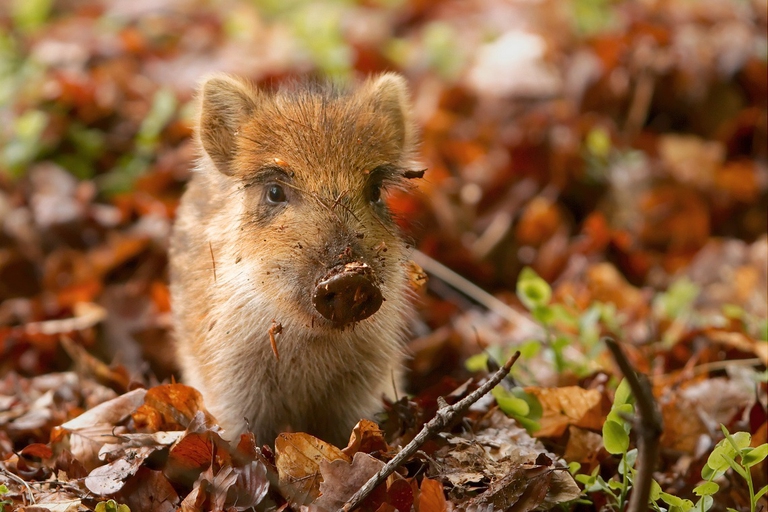
For the first time in seventeen years, Iceland’s two main whaling companies won’t resume whale hunting. The announcement concerns this year’s season but could carry into the future.
In seguito alle proteste delle organizzazioni animaliste la proposta di cacciare i cinghiali 365 giorni l’anno senza piano di gestione non è stata presentata.
Wild boars (Sus scrofa) are ugly and bad; they destroy crops and threaten people’s lives. This is how media often depict them. But let’s find out why they provoke such scaremongering.
At the beginning of the last century, wild boars roamed only a few areas of Italy. From the 1950’s, the number of individuals steadily increased, also thanks to their incredible adaptability. However, it was not only a natural phenomenon: many responsibilities are ascribable to hunters and institutions. Wild boar introductions for hunting exacerbated the problem. In fact, many large and prolific wild boars from East Europe have been introduced over the years. Moreover, most of natural predators of these ungulates, such as wolves, have been killed off.
In Italy, and Europe, there are numerous wild boar farms for hunting and food purposes. A practice that should be banned is foraging, i.e. a constant food offer aimed at luring wild boars to consequently hunt them. This alters wild boars’ biological balance, making them less subjected to natural selection. In order to decrease the number of these animals, repopulation actions need to be stopped.
In the face of the increasing number of wild boars, most of people invoke their killing. It’s rather ironic that the cause of the problem – hunt – is also considered to be the solution. Despite wild boar hunting has been carried out for many years, the number of individuals has not decreased, especially in the areas where killings are carried out. Hunting causes the social destruction of wild boar packs, leading to the dispersion of individuals and favouring the reproduction of young females. Numerous studies, including those carried out by Vassant in France and by Moretti in Switzerland, shows that hunting pressure increases the proliferation of ungulates. Indeed, bloodless solutions would be way more effective.
It is thus possible to prevent damages caused by wild boars through different solutions, such as the instalment of electrified fences in order to protect crops. Another solution is sterilisation, carried out through a specific vaccine called GonaCon, able to guarantee a long-lasting effect.
Over the past few months, we’ve heard of deadly attacks by wild boars towards people. It is not clear how many people have been killed by wild boars in Italy, but the figures of people killed or injured in accidents linked to hunt are certain. Since 2007, according to Associazione Vittime della Caccia, 1,000 people died due to hunting. It’s clear that wild boars are not actually threatening the safety of Italian people, but hunters are.
Wild boars are big, powerful, and potentially dangerous creatures. However, let’s recall that they are mainly herbivores, they are not predators, they are mild and smart, and when they meet people, their instinct pushes them to run away. This does not happen when they feel threatened, particularly in presence of their cubs. The best thing to do is to stop and wait for them to move first – they most probably will run into the forest.
There are about 700,000 hunters, out of 60 million Italians. It is still not clear why the government allows these armed people to threaten the population. “Cruelty to animals is training for cruelty against men”, said Ovid, yet the ban on hunting seems to be utopic.
Siamo anche su WhatsApp. Segui il canale ufficiale LifeGate per restare aggiornata, aggiornato sulle ultime notizie e sulle nostre attività.
![]()
Quest'opera è distribuita con Licenza Creative Commons Attribuzione - Non commerciale - Non opere derivate 4.0 Internazionale.
For the first time in seventeen years, Iceland’s two main whaling companies won’t resume whale hunting. The announcement concerns this year’s season but could carry into the future.
The Zambian government has reversed a controversial plan to approve a large-scale programme to cull more than 2,000 hippos over a five year period in Eastern province’s Luangwa Valley, situated over 300 kilometers from the capital Lusaka. Animals rights activists cried foul following the original decision, influencing its overturning. Read more: Zambia to allow trophy hunters to
Tourist attractions, trophies to be hunted and skeletons to be sold. This is what lions are used as in breeding facilities in South Africa, where they’re not only mistreated but also endangered.
Zambia wants to allow culling of hippos in the Luangwa River, and safari companies are already advertising to hunters. Though there is no evidence of overpopulation, 250 hippos a year could be killed.
Indigenous Maasai people have been ordered to leave their homeland in Tanzania’s Serengeti Park for it to be turned into a hunting ground for tourists, a report highlights.
South Sudan has banned all forms of wildlife hunting, the National Conservation Agency stated. A progressive step for a country still facing civil war.
The Canadian province of British Columbia has banned grizzly bear hunting in all its forms. According to the Environment Minister, bears are worth more alive.
Two West Indian manatees will return to Guadeloupe National Park. This is the first time the species will be reintroduced in the area.
Grindadráp is the local name for a yearly event that sees the people of the Faroe Islands, a self-governing archipelago under Denmark, hunt long-finned pilot whales as well as other species of cetaceans such as bottlenose dolphins, white-sided dolphins and Risso’s dolphins. These species aren’t on the International Union for Conservation of Nature (IUCN)’s list of endangered animals, but











